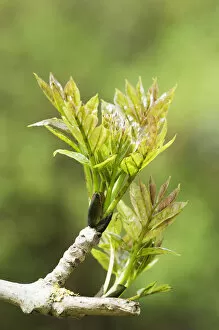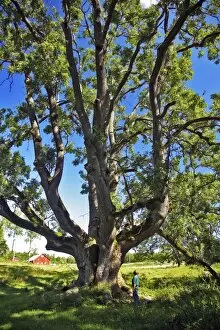European Ash Collection
European ash, scientifically known as Fraxinus excelsior, is a majestic tree that holds great significance in various aspects
All Professionally Made to Order for Quick Shipping
European ash, scientifically known as Fraxinus excelsior, is a majestic tree that holds great significance in various aspects. With its scientific name derived from the Latin word "fraxinus" meaning "spear, " this species stands tall and proud like a warrior guarding the forests of Europe. Fraxinus excelsior, commonly referred to as ash, belongs to the Oleaceae family and can be found across Europe, from Portugal to Russia. Its distinctive features include pinnate leaves with serrated edges and beautiful clusters of small flowers that bloom during springtime. The bark of this tree is smooth when young but develops deep fissures as it matures. Ash trees have been an integral part of European culture for centuries. They have served multiple purposes throughout history - their wood has been used in construction, furniture making, tool handles, and even musical instruments due to its strength and flexibility. Additionally, ash was believed to possess protective qualities against evil spirits in folklore traditions. Unfortunately, these magnificent trees are facing significant threats today due to the spread of a destructive disease called Ash Dieback (CS C09-4592). This fungal infection caused by Hymenoscyphus fraxineus has devastated numerous populations across Europe (CJO04421001). It attacks the foliage first before spreading into branches and eventually killing the entire tree if left untreated. Efforts are being made by scientists and conservationists alike to combat this devastating disease through research programs aimed at finding resistant strains or developing treatments (fraxinus excelsior). These initiatives aim not only to save individual trees but also preserve the ecological balance they provide within their habitats. Despite these challenges faced by European ash trees (fraxinus excelsior), their importance cannot be understated. They play a crucial role in maintaining biodiversity by providing habitat for various organisms while also contributing significantly to carbon sequestration efforts. Moreover, their aesthetic appeal enhances landscapes with their towering presence and vibrant foliage.














